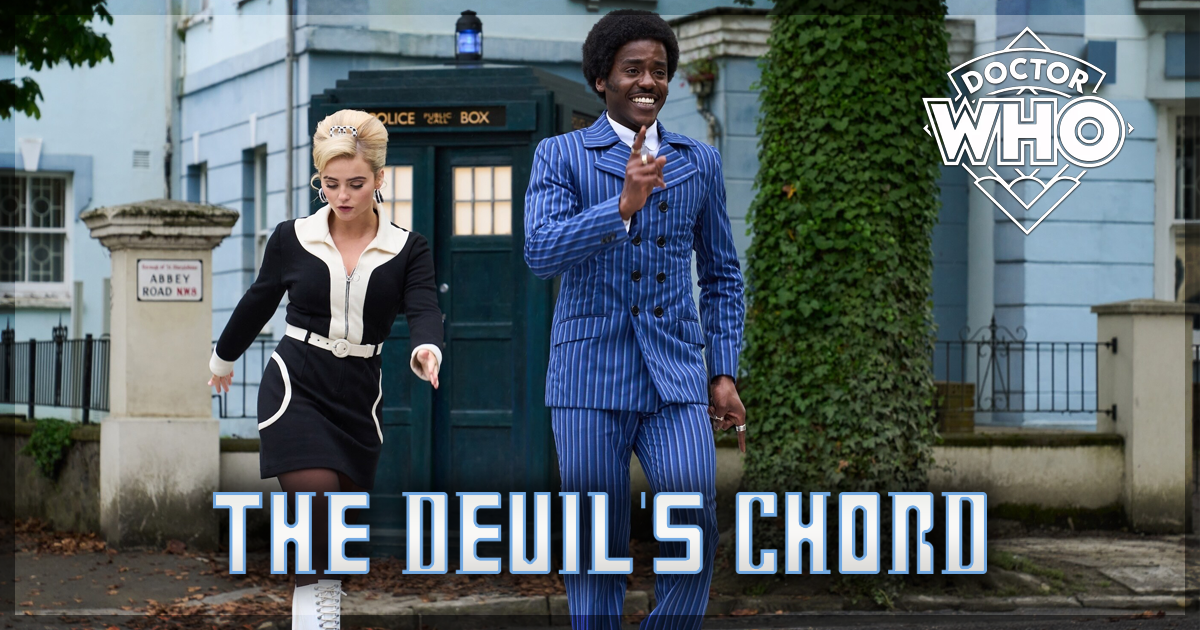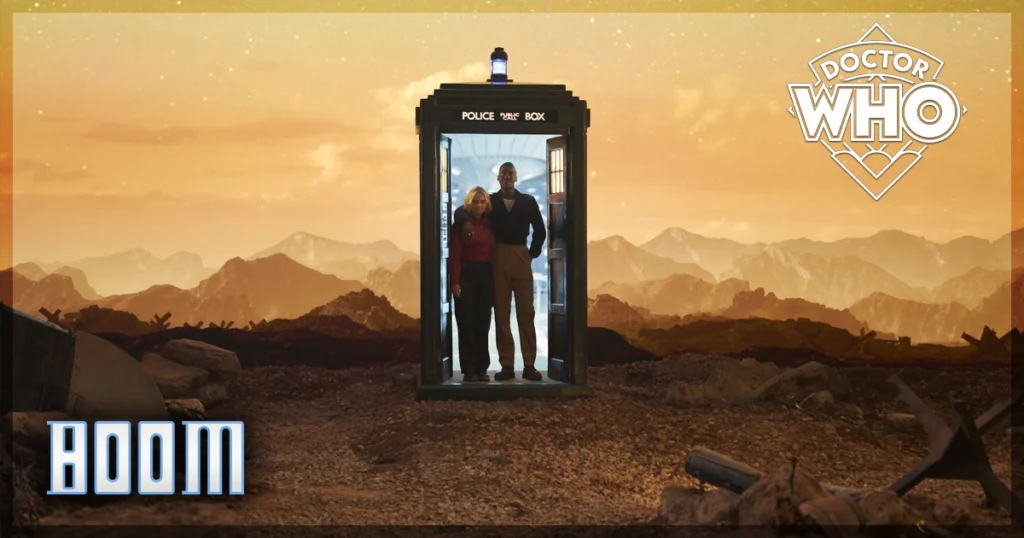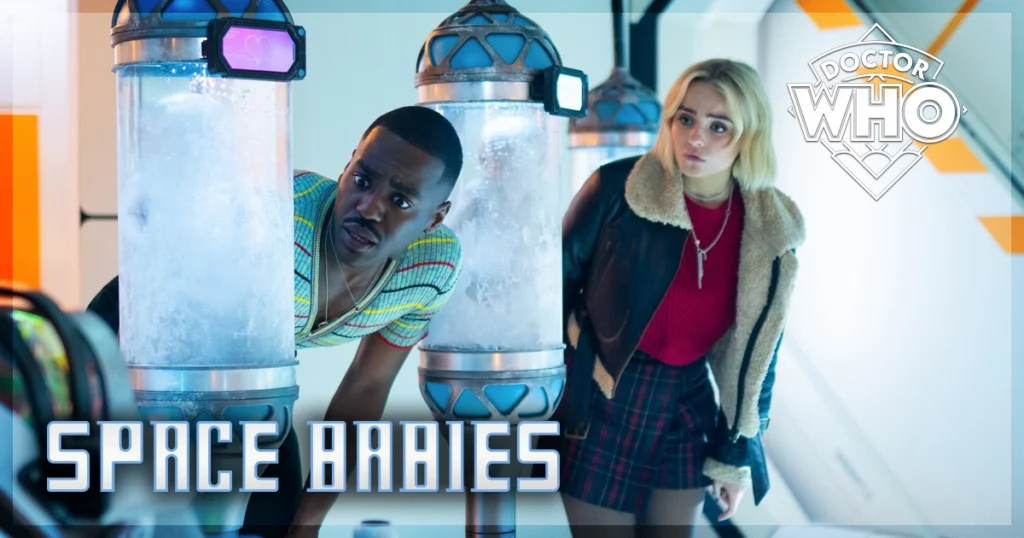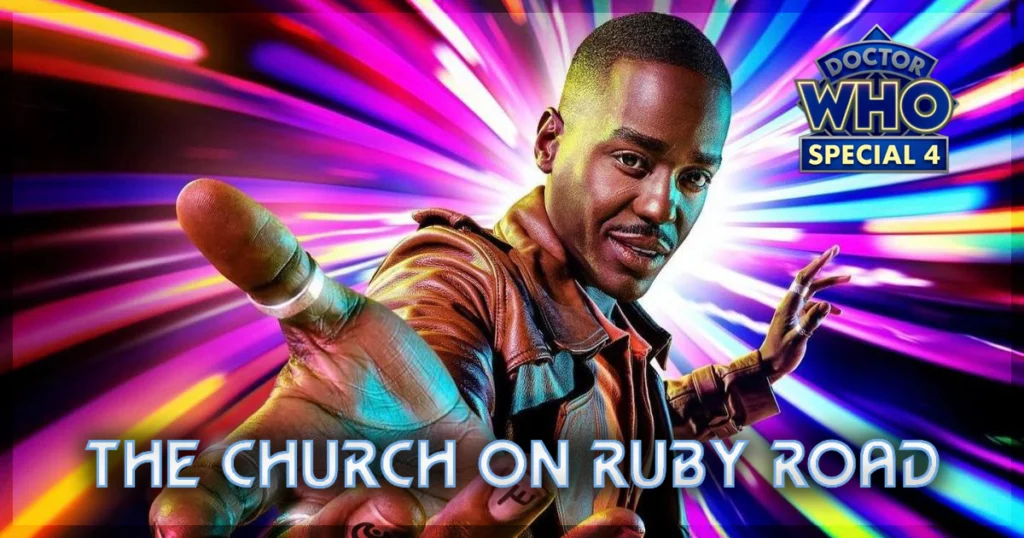There is a phrase in pop culture that originates from an episode of Happy Days: jumping the shark. It implies a breakdown between the audience and the content, in which the audience stops being immersed in what is occurring on screen. In The Devil’s Chord, the latest Doctor Who episode, a god-like music thief named Maestro (drag queen Jinkx Monsoon) shouts into the camera the words, “Music battle.” One can only sigh at the next schlocky few moments as the episode jumps the metaphorical shark. However, this does not occur until late in the episode, and until that point, this is the strongest that Gibson and Gatwa have been together and that the show has been in years.
[There are spoilers ahead for Doctor Who: The Devil’s Chord.]
Doctor Who: The Devil’s Chord – A Musical Journey with a Campy Twist
In 1925, a young boy is sitting at a piano, being tutored by a character named Timothy Drake (Jeremy Limb). This name is important because the episode markedly makes a point of signifying that Timothy Drake is an unsung genius in history, a creator of musical melodies that change the world, and yet, this person did not exist in this context. Doctor Who has always played around with history – the show has used historical figures of note such as Rosa Parks and Winston Churchill, to varying degrees of effectiveness over the years – so it’s slightly peculiar to see fiction be utilized in this way for once.
The Drake character plays a tritone musical note, one that monks once deemed the devil’s chord (dun dun dun!), a note that would summon the devil themselves. Sure enough, the devil appears. But it is not a devil ala The Satan Pit, but instead, a wonderful, scene-stealing Jinkx Monsoon, who crawls out of the piano nails first, like something out of The Evil Dead. Their performance as Maestro straddles a fine line between being slightly overbearing and perfectly sinister as they steal the music wrapped around the heart of Drake before moving on to the subsequent world around them.
The Doctor stumbles upon Maestro’s shenanigans after Ruby requests a visit to Abbey Road Studios, famous for being the location of The Beatles’ first album in 1963. But this timeline that the Doctor and Ruby have entered has lost music, with Maestro stealing the melodies right from the heart of the public. The show flits back to Ruby’s musical talents that we are first introduced to back in The Church on Ruby Road as Ruby, after a mid-episode break to exposit the existence of Susan (the Doctor’s granddaughter) to an audience unaware of her existence, is captured by Maestro.
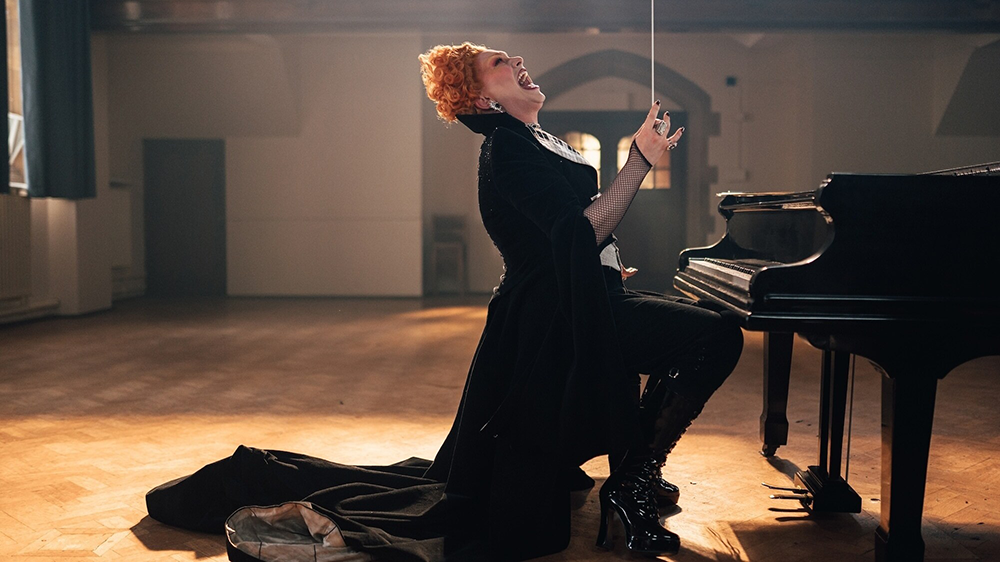
The mystery of Ruby deepens in The Devil’s Chord
The flickers of the plot around Ruby and her abandonment are once again referenced in a slightly weird fashion, this time with a particular focus on Christmas carols, but the momentum of the episode then comes to a complete halt in order to do this. The payoff around Ruby will need to be something juicy to be worth hampering other solid episodes with references to it. We also get another instance of Susan Twist, whom we first encountered as Mrs. Merridew in The Church on Ruby Road and have seen tiny cameos in previous episodes. This time she appears as a lady serving tea, for a reason we are yet to be answered. As with the ongoing situation surrounding the word ‘Mavity’ replacing the word ‘gravity,’ it’s clear that there are indeed some big-timey-wimey developments still to occur.
Speaking of timey-wimey, there are many singular beats within The Devil’s Chord that will make a Whovians heart skip as the show makes references to past episodes. Maestro breaks the fourth wall often, but they talk to the Doctor and utter the words timey-wimey. It could be irritating, but it’s such a quick flash in a near-unrelenting episode that it works. We have the Susan mention, which will no doubt be important when the season finale occurs.
There is also a moment where the Doctor enters Abbey Road Studios with a hesitant Ruby, who asks how they’re going to get in before Gatwa – who is once again spectacular in a role that seems to be perfectly curated to his acting stylings – shrugs and makes a gesture to retrieve their psychic paper before Ruby takes charge and blags her way in by way of a cup of tea.
The two of them have this best-friends running down a hall at school vibe. The Doctor and Ruby spend the opening moments of their screen time strutting around the Tardis in 1960s attire, the Doctor running down a hallway screaming, “I’ve got a room full of wigs.” It is so joyful, which is another marked change from the likes of dour Peter Capaldi and companions (no shade to Capaldi; he was an excellent Doctor. I just prefer this iteration of the character).
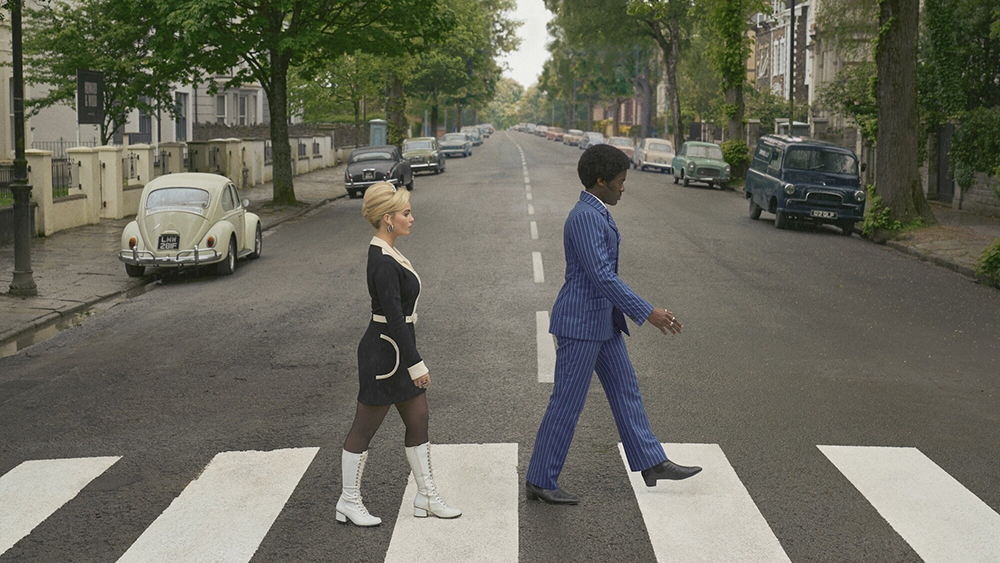
But Gatwa and Gibson really come into their own when the episode goes full’ war of the worlds’ on us. Maestro, who is the offspring of the Toymaker (from The Giggle), is a sonically charged deity and is temporarily defanged by Doctor’s inspired use of the Sonic Screwdriver as the two cower under the stairs. That The Doctor finds himself petrified by Maestro’s appearance is such a valuable insight into the character, and the trauma once faced.
In The Giggle, The Doctor bi-regenerated after being blasted by the Toymaker. Within Doctor Who, there is a fundamental flaw in having a main character unable to die, but they get around it by inferring the mental pain that regeneration has upon them. Gatwa and Gibson, in these moments, bounce off each other well as their relationship continues to grow stronger and deeper.
The Devil’s Chord is a wonderfully camp pantomime of an episode, with Jinkx Monsoon’s Maestro both stealing the spotlight as a smirking, conniving, fourth-wall-breaking caricature and getting lost in the extravagance. There is such an attention to detail in how they visually represent music (musical notes hiccup from Maestro’s mouth) that it is a shame that the episode runs into a bum note, with the episode culminating in haphazard and weirdly drab fashion.
There is a lot to be said in that the terrible musical number closing the episode, one that is ripe with the same camp vibe that worked thirty minutes prior, is almost distracting enough to hide how clumsy it all comes together. The Beatles become involved, there’s something about an important piano, and there’s another big ‘the one who waits” gesture that is so cloddish that if there isn’t something decidedly weird going on, there is only exasperation to be had in the future rewatches.

